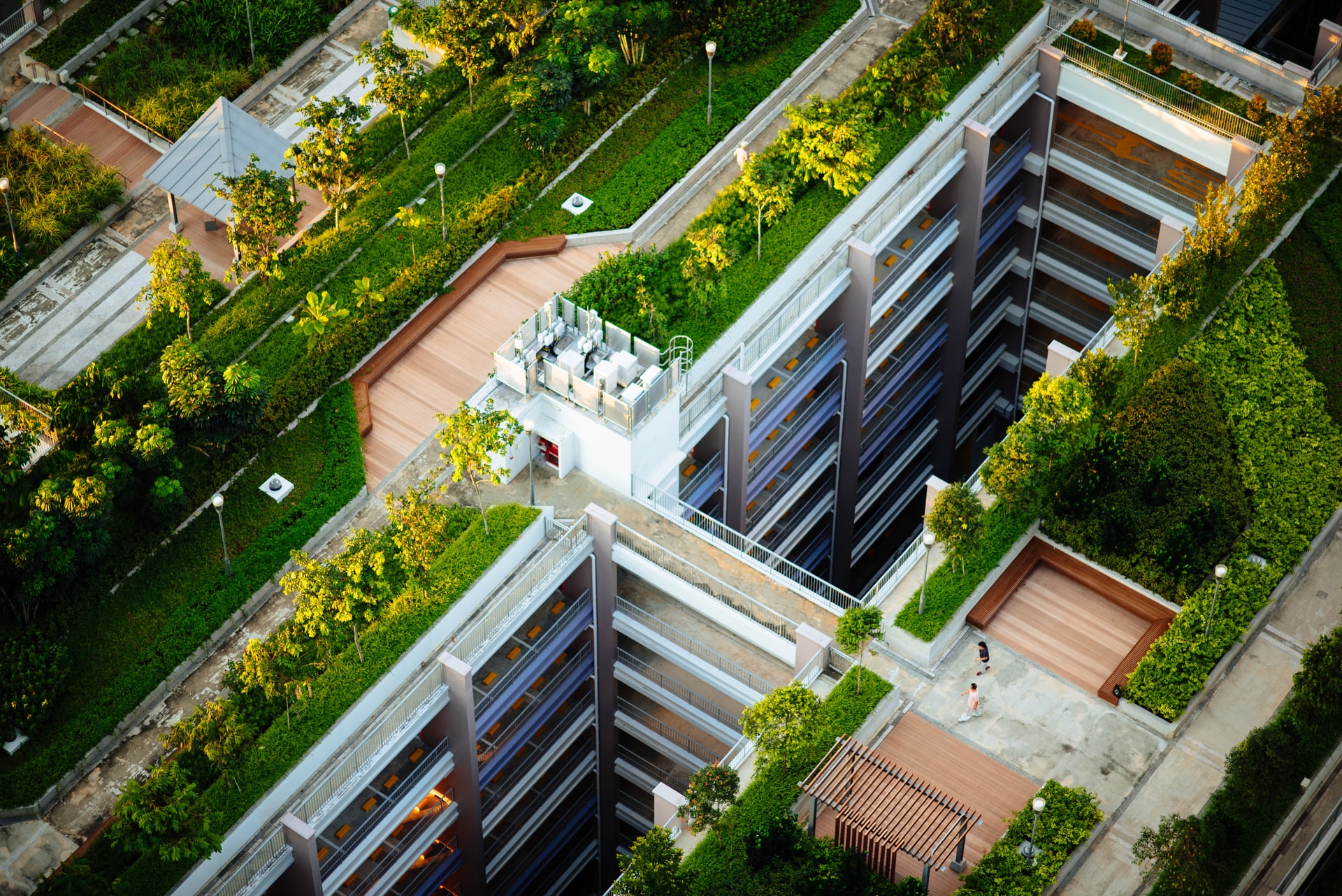The need for sustainable action in all aspects of life is nowhere more significant than in California for a variety of reasons. California ranks second in the emission of greenhouse gases. Most of the state’s population lives along potential earthquake fault lines. The current drought affecting many areas of the state is considered by many to be an effect of climate change brought on by human activity. The nation’s second-largest city, Los Angeles, uses far distant and vulnerable water sources such that climate change can put its very existence at risk. Growth in the agricultural industry competes for available water so that the economic impact of climate change threatens a vital industry. The state continues to increase its population. The effect on the environment of additional residents, homes, and businesses combine to make sustainable environmental efforts crucial in every aspect of human activity.
Nowhere is this drive to sustainable living more critical than in the construction industry. Government has lead the way with legislation such as CalGreen, which sets home energy targets for residences and homes and sets a date by which all newly constructed residences must be net- zero and a decade later date by which all new non-residential buildings must meet this standard.
It also requires that LEED Silver compliance be achieved for new or remodeled buildings. Individual cities in the state have set even more stringent requirements as they confront the need for a sustainable environment.
Sustainable construction has several goals:
- Conserving energy
- Improving the health of occupants
- Achieving a reduction in maintenance or replacement costs
- More flexible design
Construction companies have modified many aspects of their work with new products that meet green standards with design requirements before them. The selection of building materials has changed from finding the cheapest items to a broader consideration. In selecting materials, these factors are now considered:
- Energy-efficient – builds with materials that use the least possible energy to function.
- Conserve water – systems, and materials which lessen the use of water.
- Resource efficiency – seeks to choose recycled, natural, and plentiful materials made with an energy-efficient manufacturing system, locally sourced, and longer life expectancy.
- Indoor air quality – uses materials that are non-toxic to humans, emit no or few chemical emissions, are less likely to be affected by moisture, low maintenance.
- Affordability – considers the total cost of construction with sustainable products compared to the same construction with conventional ones.
Sustainable construction is beyond standards and the selection of environmentally friendly materials. The construction firms that create buildings to these standards with these materials also create a sustainable environment. Several practices work toward this goal.
- Managing construction debris to recycle wherever possible
- Conserving energy during construction on lighting and equipment operations
- Recycling food packaging, wrapping materials from construction materials
- Cutting materials to maximize use and minimize waste
- Reuse existing materials wherever possible
- Managing water on-site to reduce waste
- Choosing green materials preferentially
With the increasing focus on sustainable construction, there has been a substantial increase in
the demand for construction workers trained in this approach. As the size of the industry grows, so will its workforce. According to a U.S. Green Building Council (USGBC) survey reported by the Bureau of Labor Statistics, more than a million construction workers worked in this industry sector. That number is expected to more than triple in the coming years.
Many training programs have been developed to support skilled workers in this field, and it provides a bright future for career options.

